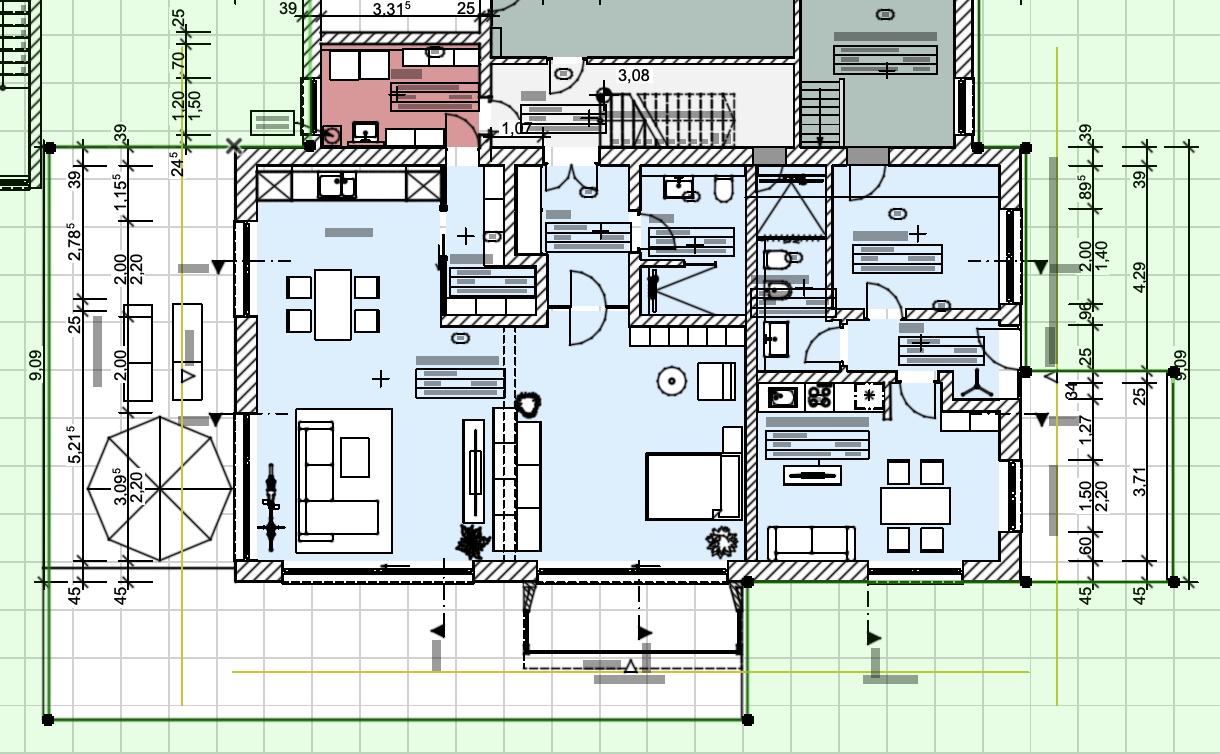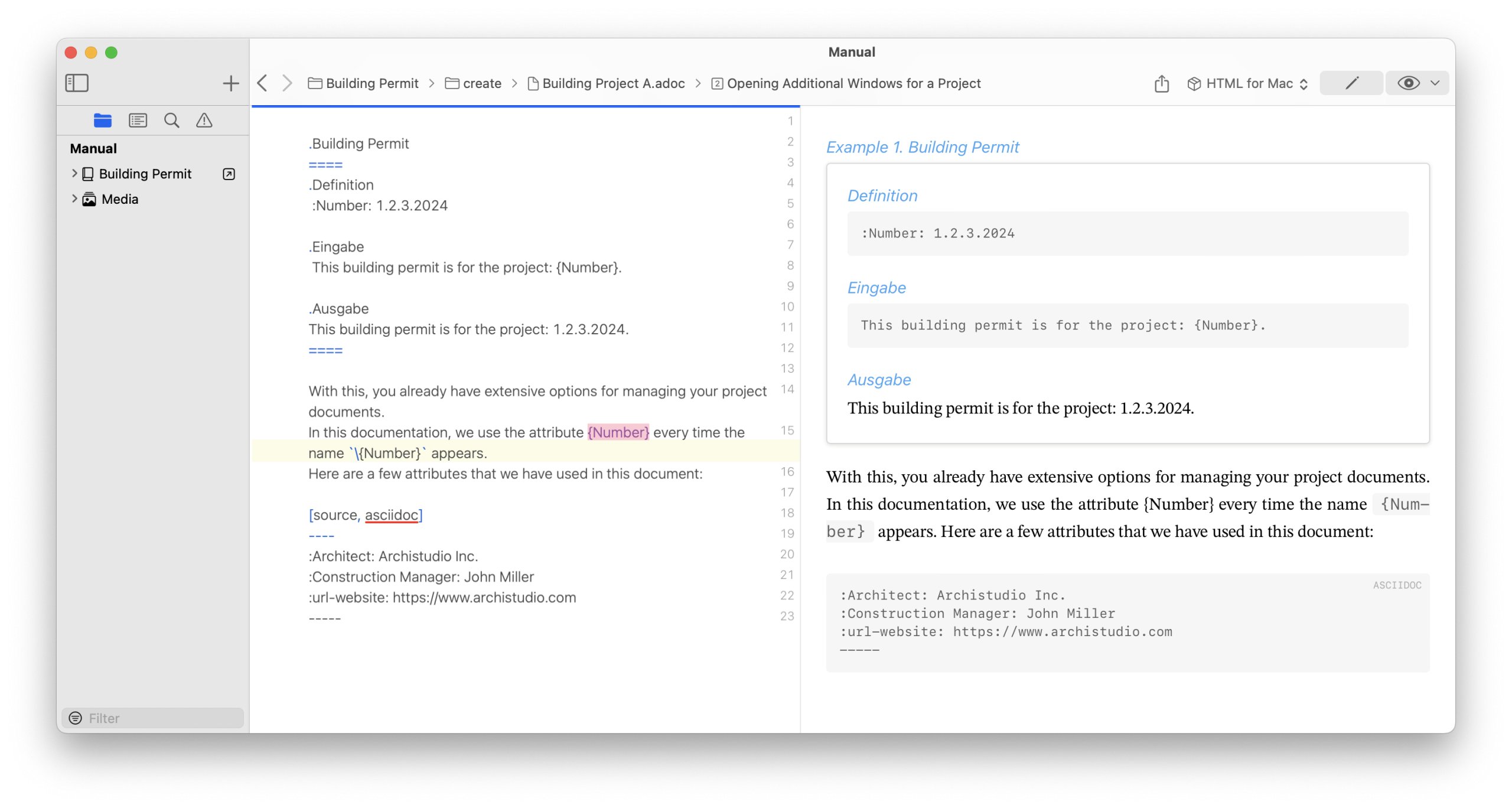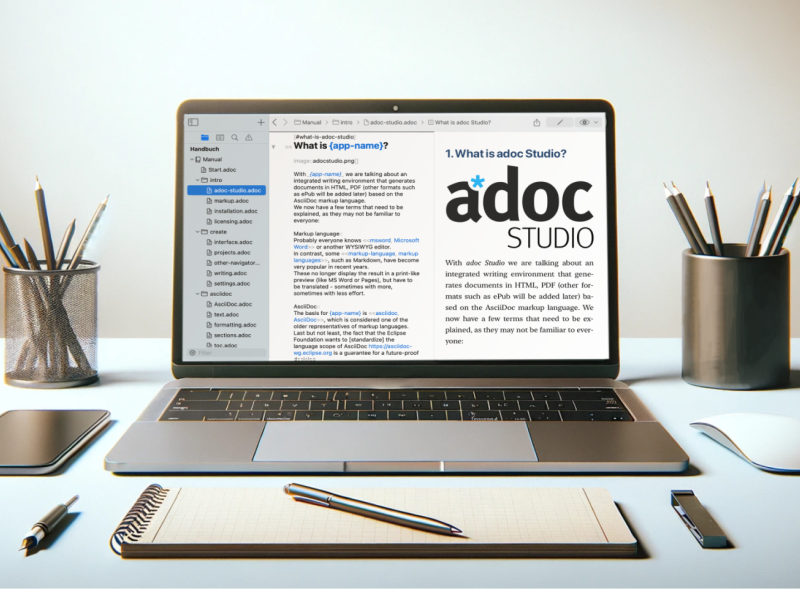Documentation is becoming increasingly important in construction projects. Make sure your construction plans are supported by thorough written records.
Technical Writing is Indispensable in Almost All Areas of Industry and Engineering, But it Plays a Particularly Crucial Role in Construction. In a sector where even the smallest misinformation can lead to significant delays or even safety risks, precise and clear technical writing is essential. It’s not just about accurately conveying complex technical details but also about communicating them in a way that is understandable and actionable for all involved—from engineers and architects to project owners and construction workers.
The Challenges of Technical Writing in Construction
In construction, multiple disciplines converge, each with its own specialized language, standards, and norms. Architects communicate differently than engineers, and project owners often have a different understanding of plans and technical documents compared to those executing the work. This diversity makes technical writing in construction particularly challenging.
One of the greatest challenges lies in presenting technical information in a manner that is detailed enough for experts while still being comprehensible to non-specialists. Construction plans, specifications, and project reports often need to be written in a way that meets the rigorous demands of engineers while also addressing the needs of site managers and clients.

Precision and Standardization as Success Factors
A central aspect of technical writing in construction is the strict adherence to standards and norms. These not only ensure clarity and comprehensibility but are also essential for meeting legal and safety requirements. Standards like DIN and ISO provide a solid foundation for the uniform and precise presentation of technical information.
In addition to following standards, precision and consistency are crucial. A technical report or construction manual that is unclear or contradictory in any part can lead to significant problems. Therefore, it is imperative that all technical documents are carefully reviewed and revised before being implemented in practice.
 adoc Studio
adoc Studio
Organize, Write and Share.
Documentation in AsciiDoc.
Organize, Write and Share.
The Role of Digital Tools in Technical Writing
Digitalization is revolutionizing technical writing in the construction industry. Modern software solutions make it possible to create, manage, and share complex technical documents efficiently. In construction, where projects often operate under tight deadlines and multiple parties need to access the same information simultaneously, digital tools play a pivotal role.
Specialized solutions are emerging to meet the specific needs of professionals in the construction industry. These tools not only provide functions for creating and editing documents but also integrate CAD drawings, manage versions, and allow for targeted output for various purposes, such as building permit texts.

adoc Studio: The Solution for iPad and Mac Users in Construction
Professionals in the construction industry who work on iPads or Macs will find adoc Studio to be a powerful tool for technical writing. adoc Studio makes it easy to create and manage technical documents, allowing users to centrally organize all content in text and images. Using AsciiDoc syntax, it enables the creation of documents that are suited for various outputs and projects. Placeholders allow for quick and efficient adaptation of documents to specific requirements.
Technical writing in construction demands a flexible approach. The requirements for documents and their content are diverse, and the possibilities for formatting and output seem endless. adoc Studio is a solution that meets these demands efficiently and effectively.
If you need construction schedules and project management on the Apple platform, Merlin Project offers the perfect solution for you.
Tagged
You might also like
-
How to get into Tech Writing?
- Antoni Cherif
- Published on
-
AsciiDoc in Comparison
- Marvin Blome
- Published on




